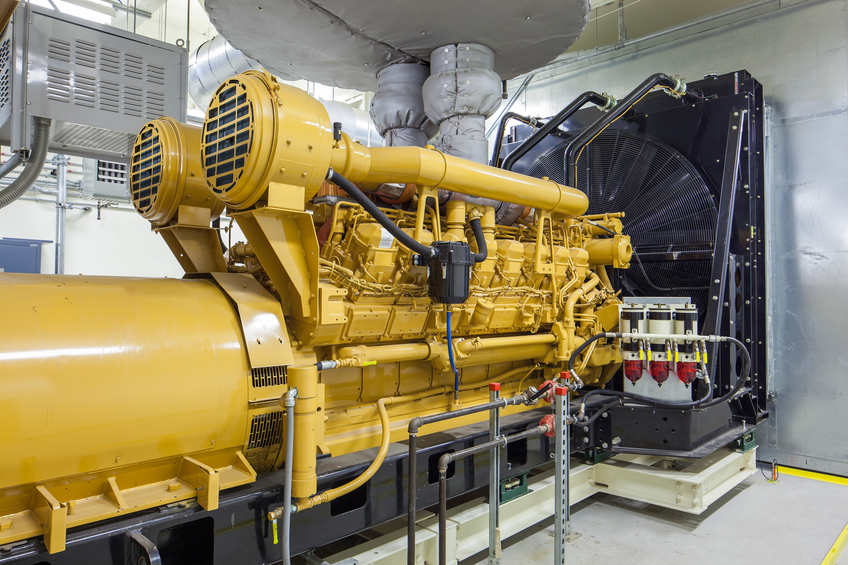Twenty Ways to Optimize Energy Efficiency in the Use of Induction Motors

This online engineering PDH course provides 20 different strategies to guide you into the electric motor evaluation process and highlights common ways you can improve system efficiency and reliability to achieve permanent long-term electric cost reduction.
The majority of electrical energy consumed in most industrial facilities is used to run electric motors. Annual energy operating costs of electric motors usually far exceed purchase prices. For example, a typical 25 horsepower (hp) motor running at full load for 6,000 hours per year would consume nearly $10,000 of electricity annually. An average purchase price for a motor of this size would be only $500 to $600.
Opportunities for energy conservation are wide spread and applicable to new as well as old plants. It is important to note that majority of savings will accrue not on the motor itself but on the motor-driven system as a whole. Energy efficiency decisions are important decisions that affect operating cost for the life of the equipment. By optimizing the efficiency of your motor-driven systems, you can increase productivity while achieving substantial energy and dollar savings.
This 6 PDH online course is intended for electrical & control engineers, energy auditors, operational & maintenance engineers, contractors and system designers who are responsible for design and operation of the system.
This PE continuing education course is intended to provide you with the following specific knowledge and skills:
- Understanding the characteristics, types and classification of motors based on NEMA
- Learning about fixed and variable losses of induction motors
- Learning about power quality and impact of voltage/phase imbalance and power factor on motor performance
- Understanding motor efficiency v/s motor load and motor load v/s speed relationships
- Learning motor load estimation techniques
- Differentiating between energy efficient and standard motors
- Familiarizing with cost evaluating methods & simple payback analysis of motor replacement
- Application of variable speed drives on motor energy savings
- Understanding motor transmission efficiency using synchronous belts/soft starters
- Understanding starting systems: direct-on-line, delta star controllers
- Deciding on motor repair vs. replacement
- Learning about monitoring and maintenance practices
In this professional engineering CEU course, you need to review the document titled "{C}Twenty Ways to Optimize Energy Efficiency in the Use of Induction Motors".
Upon successful completion of the quiz, print your Certificate of Completion instantly. (Note: if you are paying by check or money order, you will be able to print it after we receive your payment.) For your convenience, we will also email it to you. Please note that you can log in to your account at any time to access and print your Certificate of Completion.